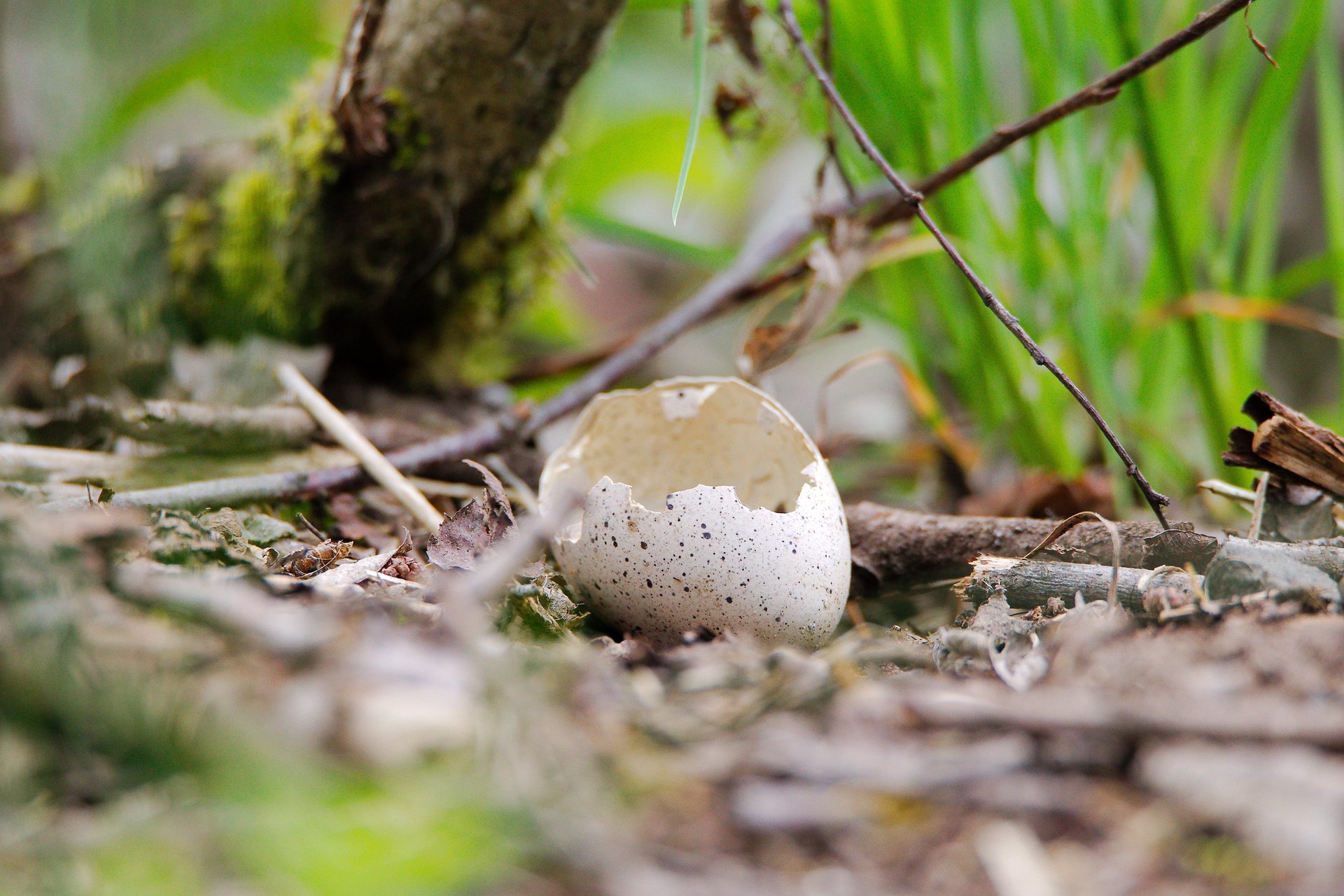A 19th-century US soldier broke his tooth to protect an egg hidden in his mouth. It was worth it.
To achieve a truly ambitious goal, you have to be relentless. Swoop on any opportunity that arises, take a few risks, and be dedicated in pursuit of your dreams. Follow, in other words, the madcap yet inspiring example of Charles Bendire, a 19th century US soldier and egg collector extraordinaire.


To achieve a truly ambitious goal, you have to be relentless. Swoop on any opportunity that arises, take a few risks, and be dedicated in pursuit of your dreams. Follow, in other words, the madcap yet inspiring example of Charles Bendire, a 19th century US soldier and egg collector extraordinaire.
Back in Bendire’s day, egg collecting was a gentleman’s pursuit, with several of the wealthiest men of the era amassing thousands of specimens. Bendire himself was a dedicated ornithologist, and collected some 8,000 eggs in his lifetime.
In 1872, Bendire was a major in the US army and on patrol in what would later become the state of Arizona when he spotted a zone-tailed hawk’s egg and climbed a tree to retrieve it. In a saga highlighted earlier this year by the podcast, No such thing as a fish, Bendire was spotted up in the branches by Native-American Apache tribe members, who started shooting at him. Bendire did the only thing he could think of to protect his newfound prize: He put the egg in his mouth, scrambling down the tree and onto his horse, and took off. He ended up making it back to camp safely.
There, according to bird-conservation book Oology and Ralph’s Talking Eggs, Bendire found he couldn’t get the egg out of his mouth. It’s not clear exactly why, but perhaps the stress of the situation made his jaw tense and swell. In any case, rather than take the easy route and simply crunch down on the egg, Bendire instructed his men, under the threat of court-martial, to pry open his jaws. They broke one of his teeth in the process, but managed to safely extract the entire egg.
Perhaps Bendire’s insistence on protecting the egg at the expense of his own tooth may seem a little foolhardy. But Bendire clearly cared deeply about ornithology and, given his interests, this egg was worth suffering for. His single-minded devotion can be seen in a far more noble light with the knowledge that this egg has survived to this day—and is kept at the Smithsonian museum.
Bendire wouldn’t have known at the time how his zone-tailed hawk egg might prove useful for scientists in the future. But, in the years since, the Victorian craze for egg collecting has allowed scientist to track changes in bird nesting and to demonstrate the effects of pesticide on birds of prey. “The scientific value of the collection [of 19th-century collectors’ eggs] and the accompanying manuscripts is immense,” Douglas Russell, the senior curator of birds’ eggs and nests at the London Natural History Museum, told The Atlantic.
Perhaps the fruits of your dedicated, idiosyncratic struggle won’t be preserved in museums for centuries to come. But Bendire’s story shows that, even if it can seem foolhardy at the time, pursuing your dreams can prove unpredictably worthwhile. For Bendire, the egg itself—regardless of any potential practical applications—was clearly worthy of personal sacrifice. If only we could all have such heartfelt passions.